The stock market experienced a positive trading week as the index recovered and continued to maintain its upward momentum after a sharp decline in the first two sessions of the week, helping the VN-Index reach 1,280 points.
At the end of the week, VN-Index increased by 18.02 points, equivalent to 1.43% compared to the previous week to 1,281.8 points. HNX increased by 0.89% to 241.68 points.
Banking stocks returned to lead the market with many codes increasing strongly, surpassing the peak, liquidity increased notably with TCB increasing by 8.45%,VIB increasing by 7.56%, MBB increasing by 5.25%, BID increasing by 3.83%... The three codes BID, VCB and CTG had the most positive impact on VN-Index with a contribution of nearly 4.5 points to the index.
Liquidity improved with trading value on HoSE reaching VND27,484.54 billion/session, up 15.7% compared to last week.
The downside is that foreign investors continued to net sell, mainly on HoSE with a value of 3,102 billion VND, while last week they net sold 2,609 billion VND, and HNX net sold 90 billion VND.
Regarding the developments in the coming trading week, Mr. Nguyen Anh Khoa - Head of Analysis and Research Department of Agriseco Securities Company and Mr. Bui Van Huy - Director of Ho Chi Minh City Branch of DSC Securities Company both said that VN-Index is in a notable resistance zone, and fluctuations are likely to continue. However, there is currently no short-term trigger for the market to fall sharply.
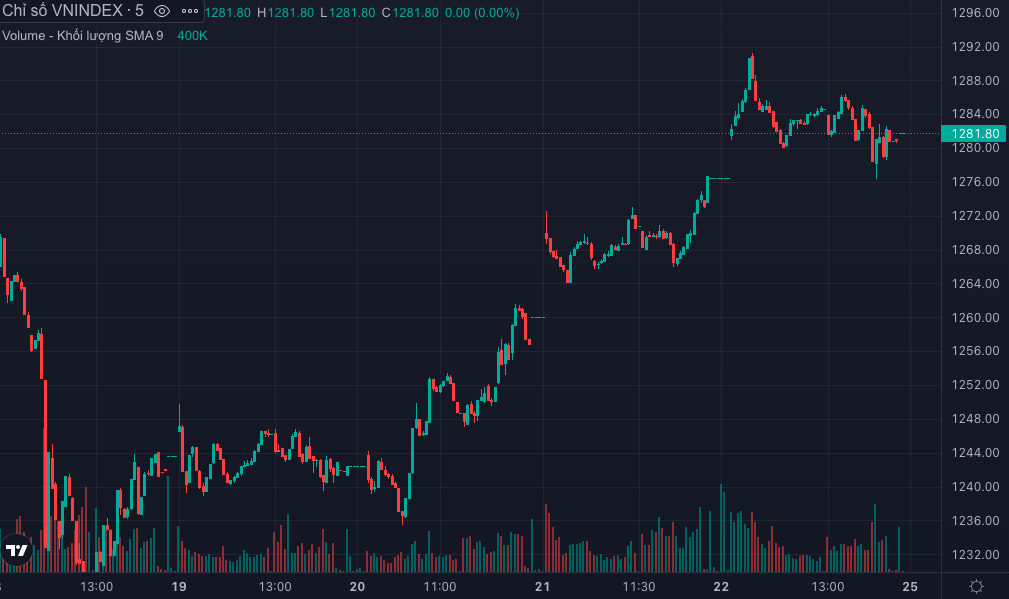
VN-Index performance from March 18 to 22 (Source: TradingView).
Nguoi Dua Tin (NDT): What is your assessment of the trading performance last week?
Mr. Nguyen Anh Khoa: The growth of Vietnamese stocks is similar to the world stock market, especially in the US. It is worth noting that although cash flow continues to circulate between industry groups, trading results are uneven and only the banking group is the main driving force for the index's recovery.
Cash flow entered strongly last week when the total transaction value on the 3 exchanges was about 16% higher than the average of the last 5 weeks. Accumulated from the beginning of the year, the total transaction value on all 3 exchanges doubled compared to the same period in 2023.
Mr. Bui Van Huy: The recovery of the Vietnamese stock market is completely in line with the developments of the world stock market. After the Fed's March meeting, there were no significant "hawkish" signals, and the world stock markets all recovered strongly. The US stock market led the way by setting a new peak.
The domestic context after the Fed meeting also does not have too many worrying risks next week when general information about the Fed has gone smoothly with the global stock market.

Foreign block transaction developments.
Investor : According to you, what information should investors pay attention to next week?
Mr. Nguyen Anh Khoa: In the short term, the fact that cash flows circulate but mostly only the banking group increases in price shows the risk of a general distribution phase. With the VN-Index in a notable resistance zone, it is likely that large-amplitude fluctuations will continue to occur and it will take more time to observe the ability to absorb supply at this point area.
After each hot increase, the market will usually need time to accumulate/distribute to shake off weak investors and open up opportunities for investors to participate, new money flows into the market.
This is relatively reasonable at the present time when the market will need a break before receiving important information before the upcoming general meeting of shareholders of large enterprises on the stock exchange.
Mr. Bui Van Huy: The area around 1,300 points is a very strong resistance zone and is not easy to overcome. However, the opportunity to overcome the 1,300 point threshold has increased compared to last week thanks to the less pressured context and the synchronization of global stocks.
Investors should note that volume and market breadth still show signs of divergence with prices. VN-Index has broken out, but the number of stocks that have lost their short-term uptrend has increased. Currently, only about 60% of stocks on HoSE can maintain short-term uptrend, compared to about 80% of the most recent peak, this is a sign of weakness.
However, it is also important to note that if there is a shake-up, there is no short-term trigger for the market to fall sharply.
Investor: In your opinion, what should investors do at this time?
Mr. Nguyen Anh Khoa: In the short term, the risk level for new disbursement positions will be high. Investors should prioritize holding existing positions and only disburse during fluctuations to the support zone to find better positions.
In the context that the first quarter of 2023 is the quarter with the sharpest profit decline in 2023 when business activities of most industry groups are declining, I expect that in the first quarter of 2024, many industry groups will have positive growth including: steel, rubber, securities, retail and livestock industry.
Mr. Bui Van Huy: In general, with current liquidity and a context that is not too worrisome, short-term opportunities will always appear whether the market breaks out or not.
However, in the high price range, for each transaction, the consideration of profit/risk should be put first. For example, if you are right 5% and if you are wrong you lose 10%, then those opportunities are not good opportunities. On the contrary, for example, stocks with room for 15-20% while being wrong 5-7% should be prioritized .
Source



![[Photo] Prime Minister Pham Minh Chinh chairs a meeting of the Government Standing Committee on overcoming the consequences of natural disasters after storm No. 11](https://vphoto.vietnam.vn/thumb/1200x675/vietnam/resource/IMAGE/2025/10/09/1759997894015_dsc-0591-jpg.webp)
![[Photo] Prime Minister Pham Minh Chinh chairs the Conference to deploy the National Target Program on Drug Prevention and Control until 2030](https://vphoto.vietnam.vn/thumb/1200x675/vietnam/resource/IMAGE/2025/10/09/1759990393779_dsc-0495-jpg.webp)






















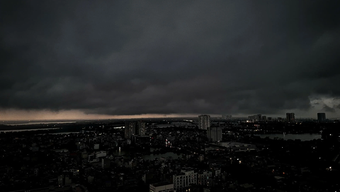




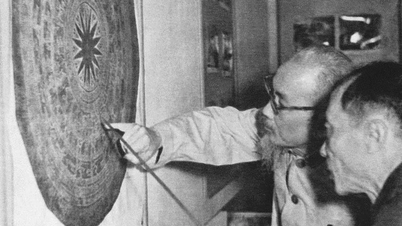
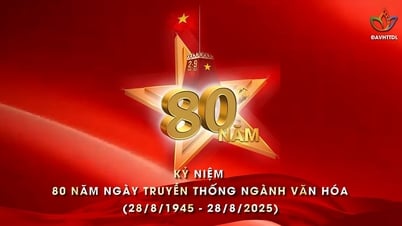
































































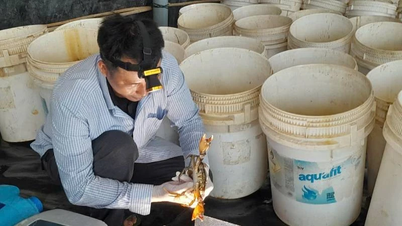




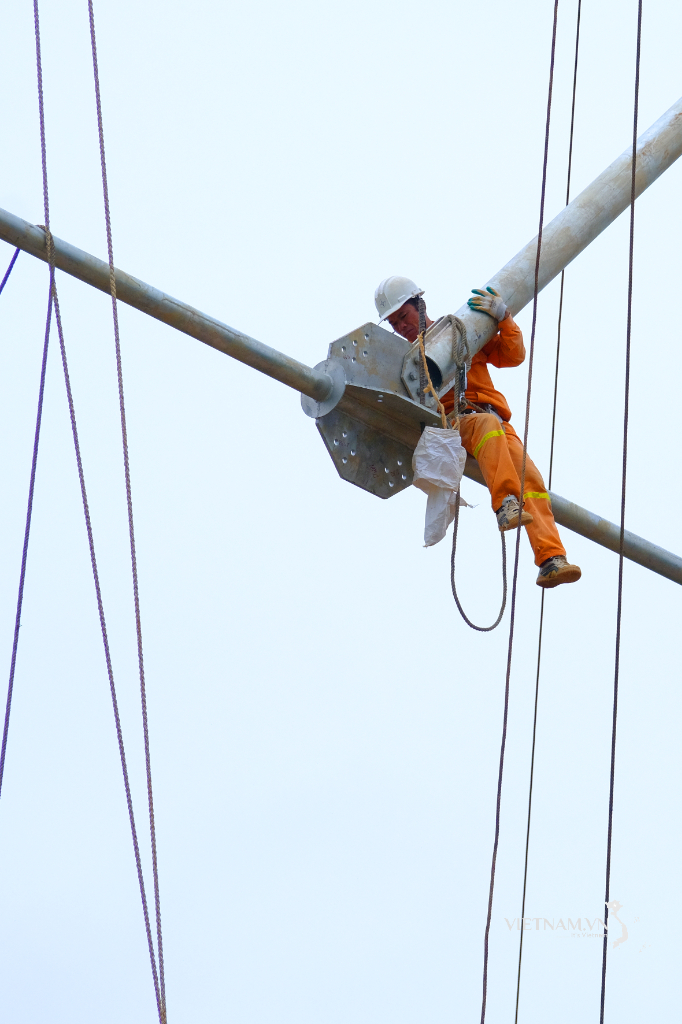
Comment (0)